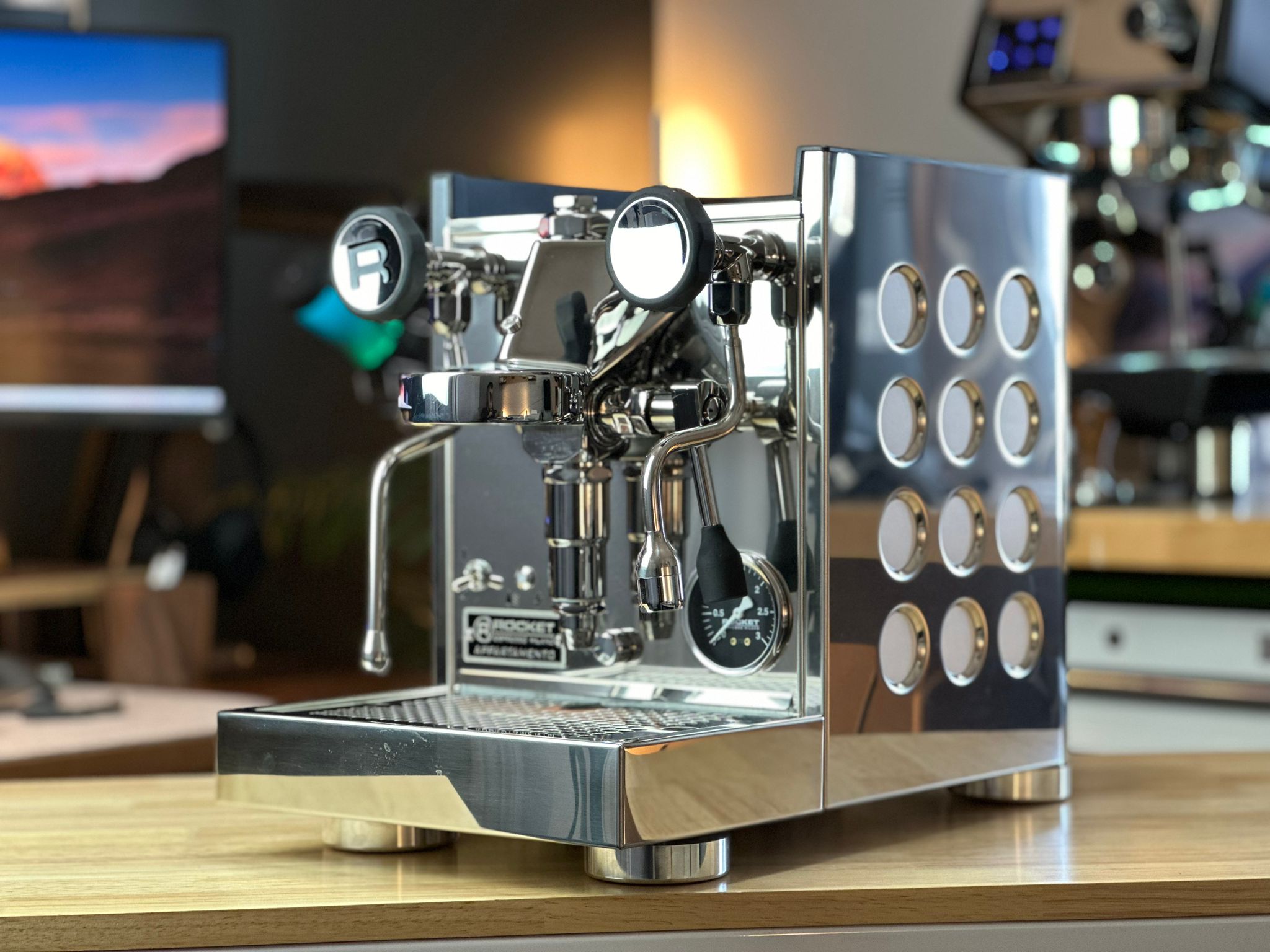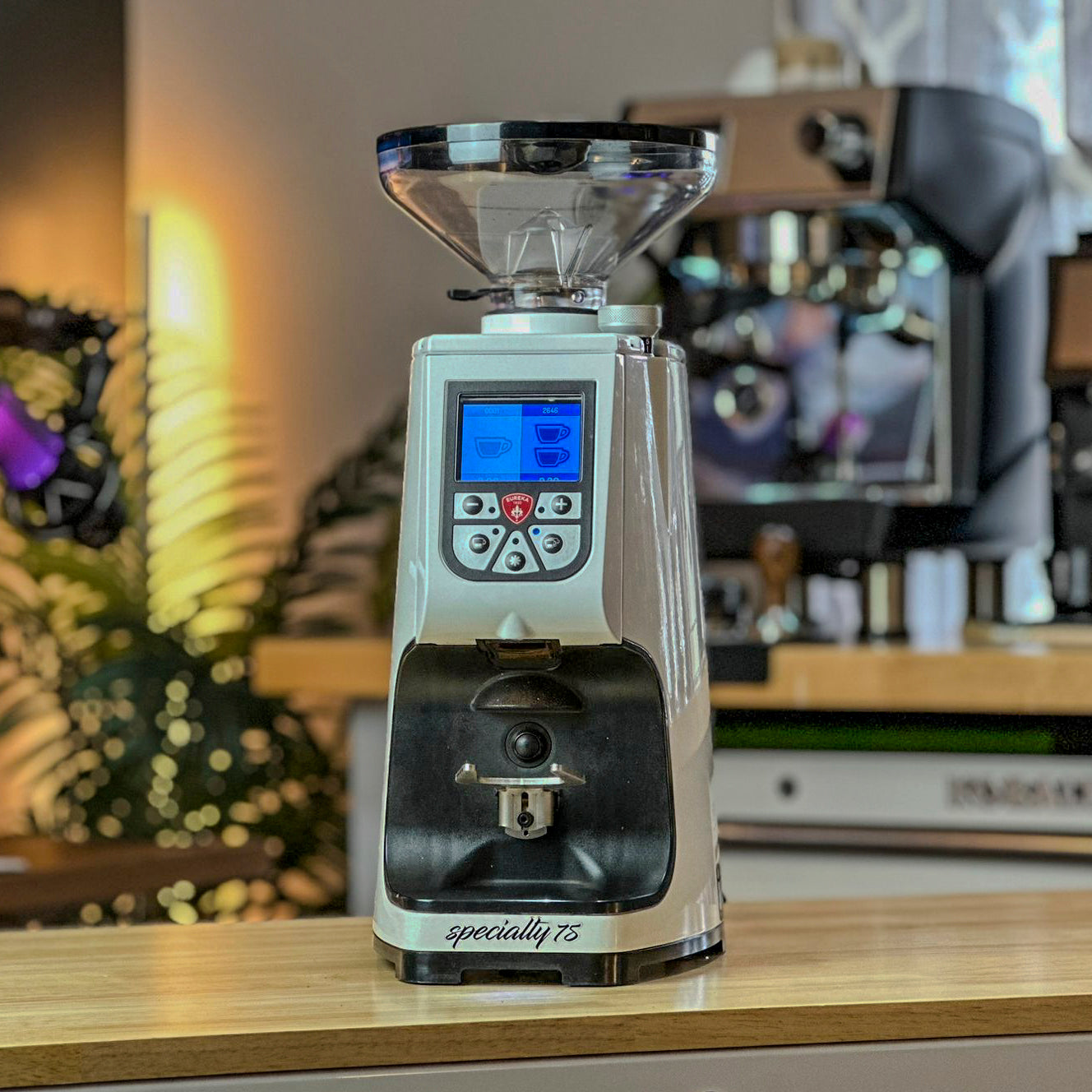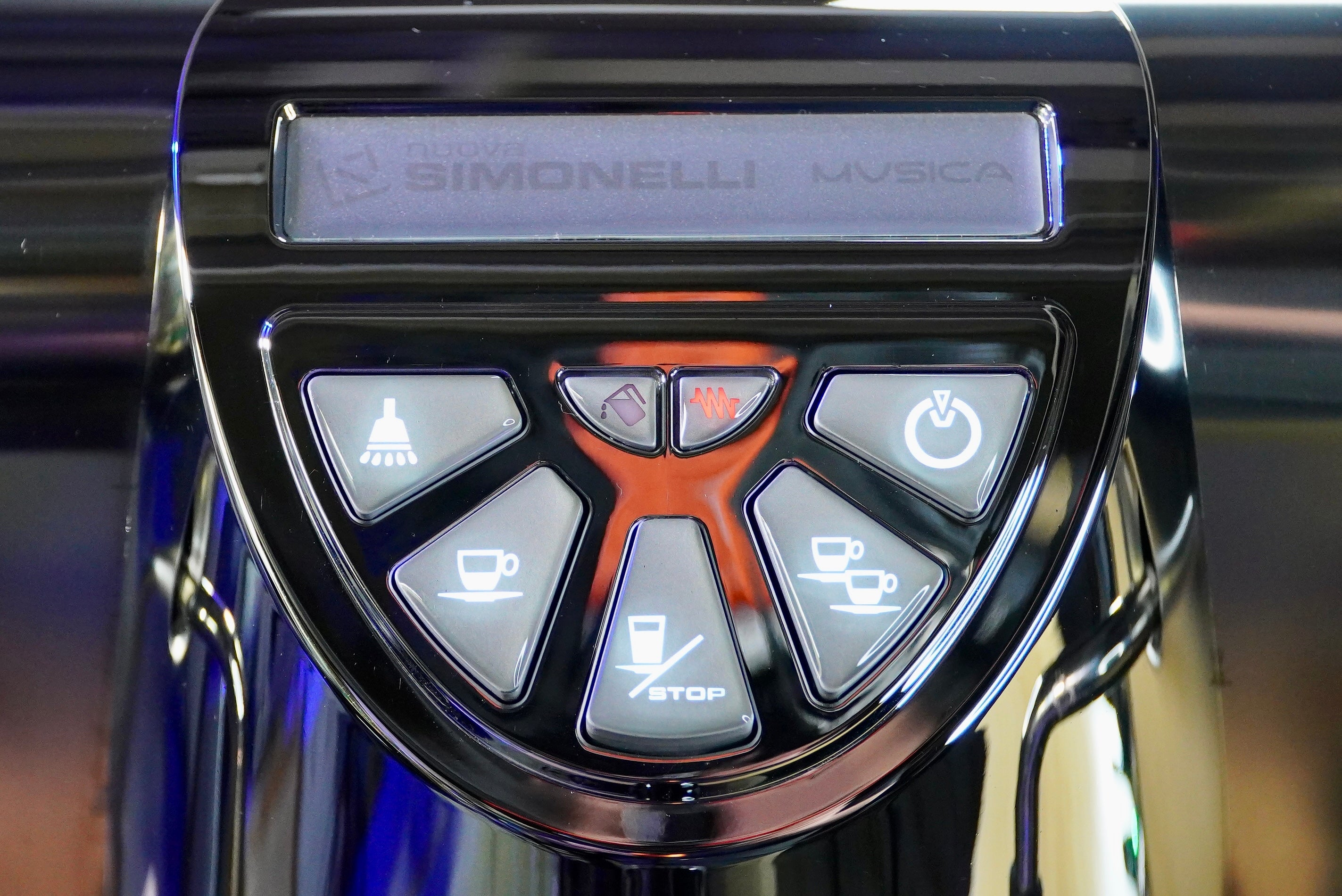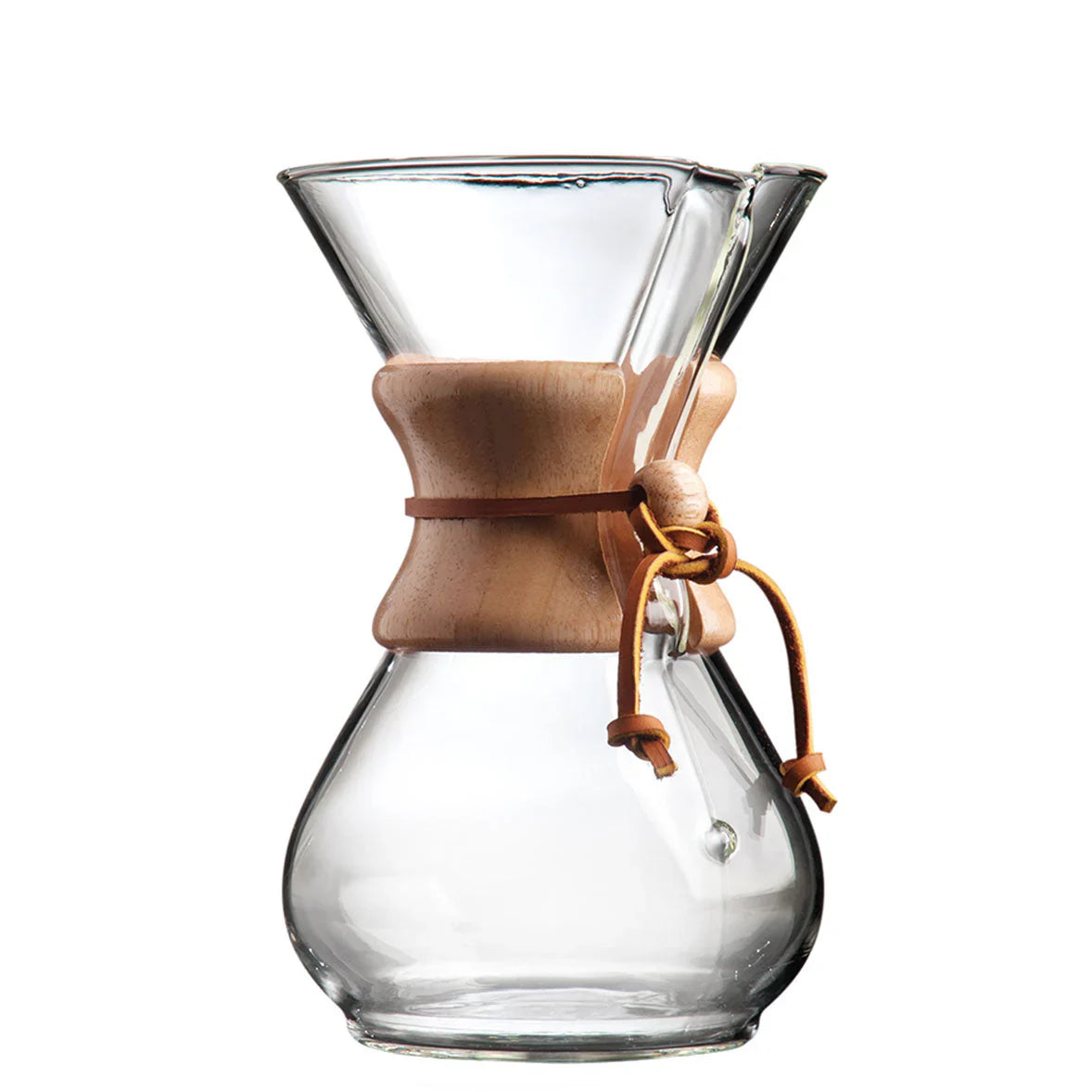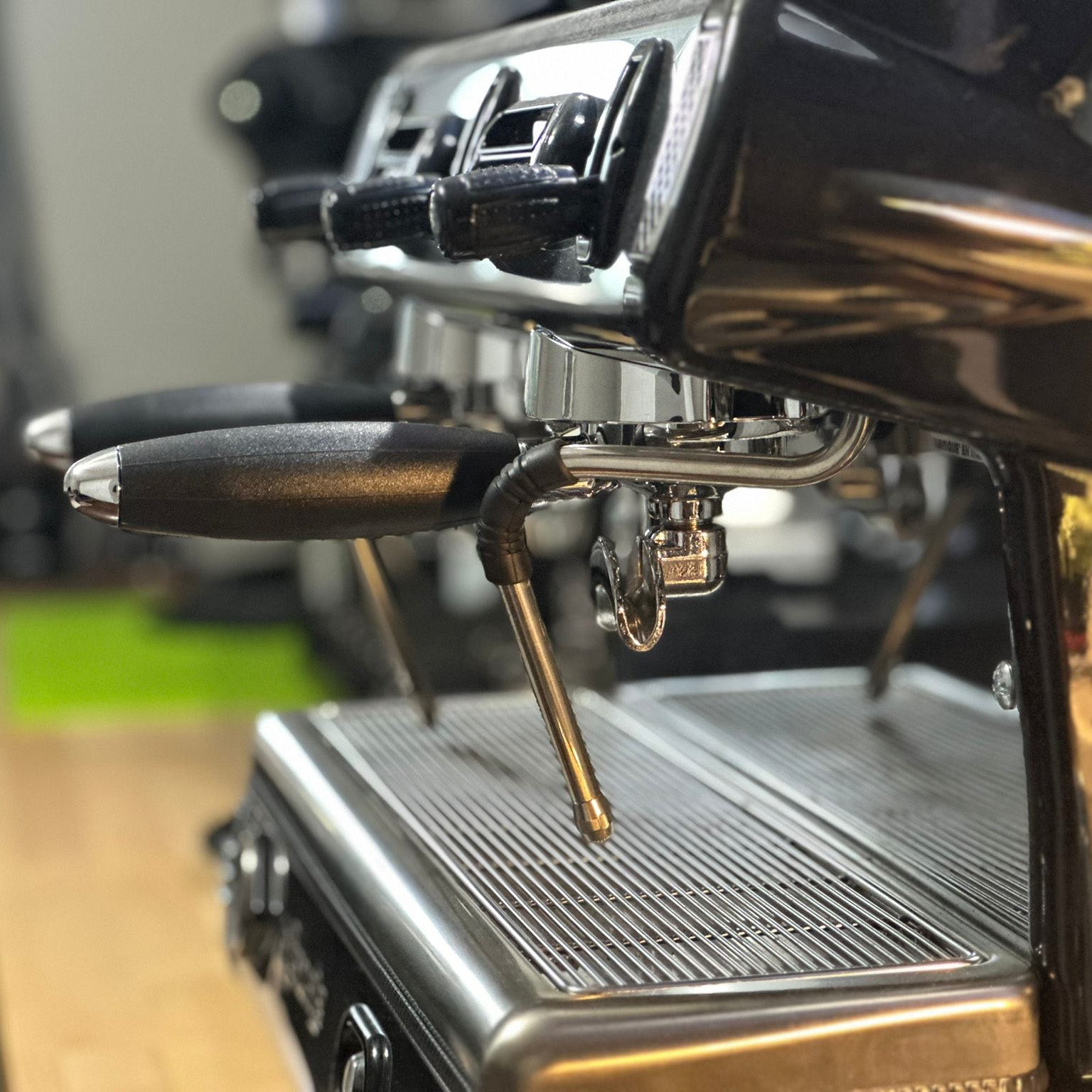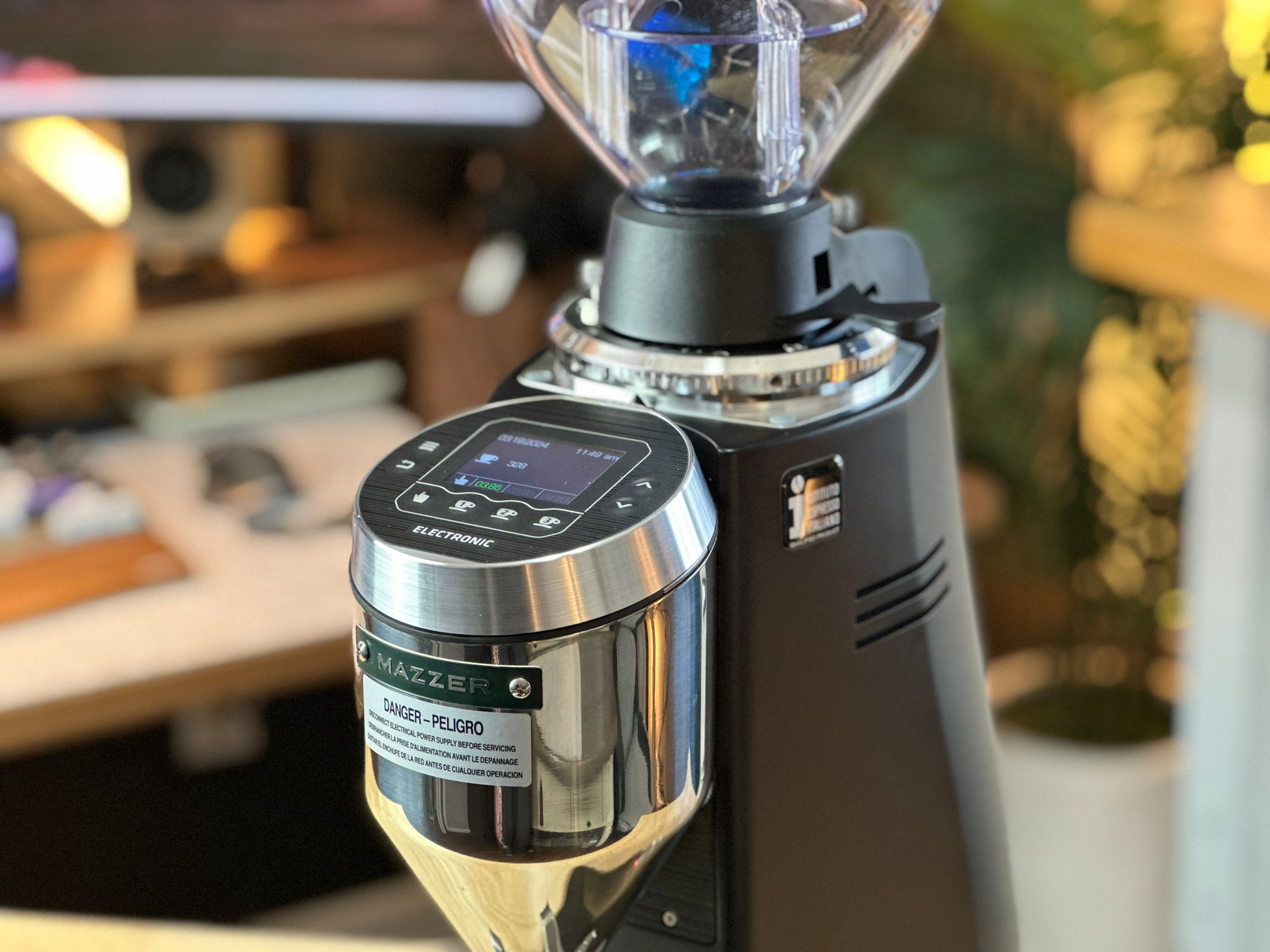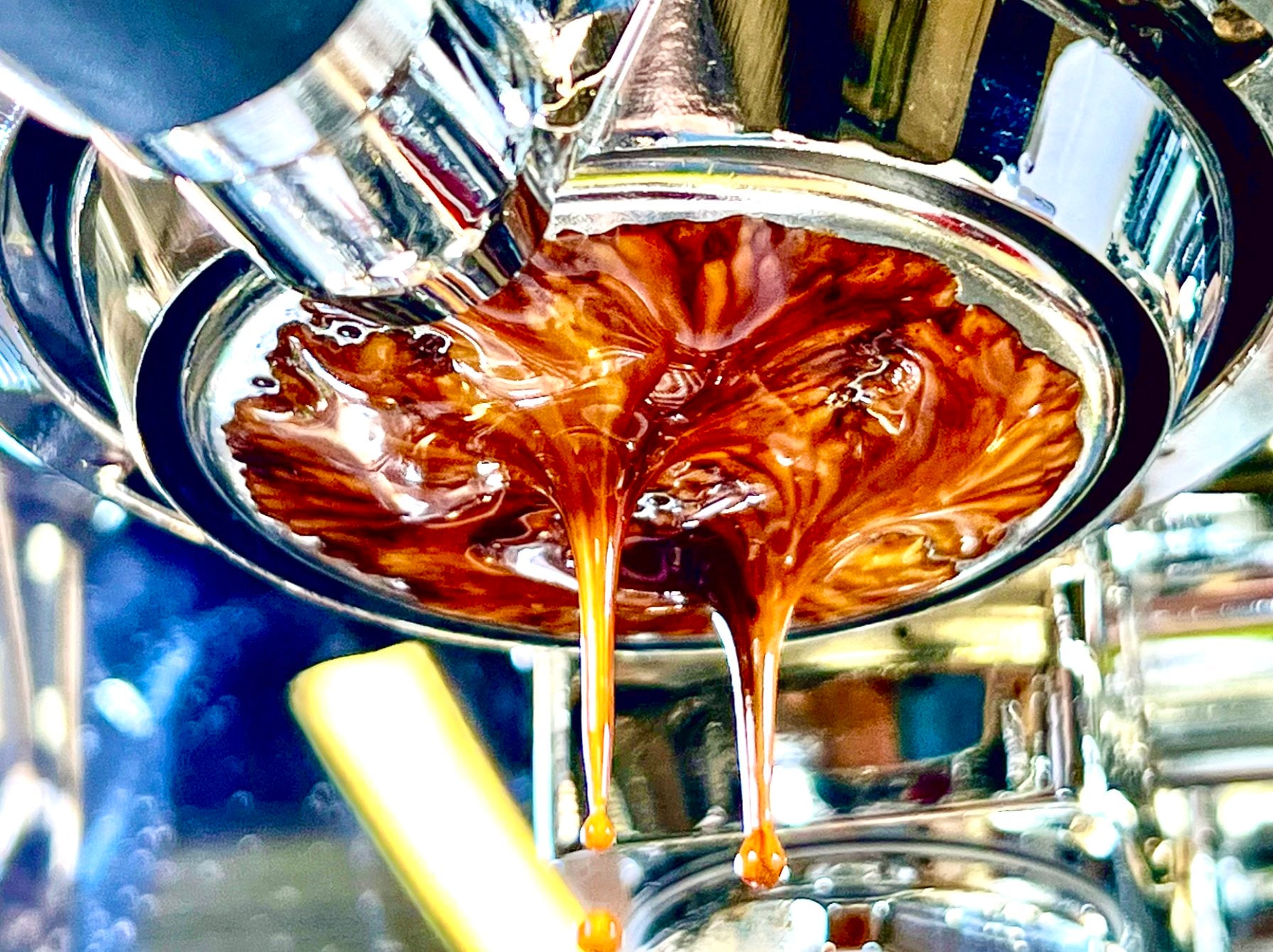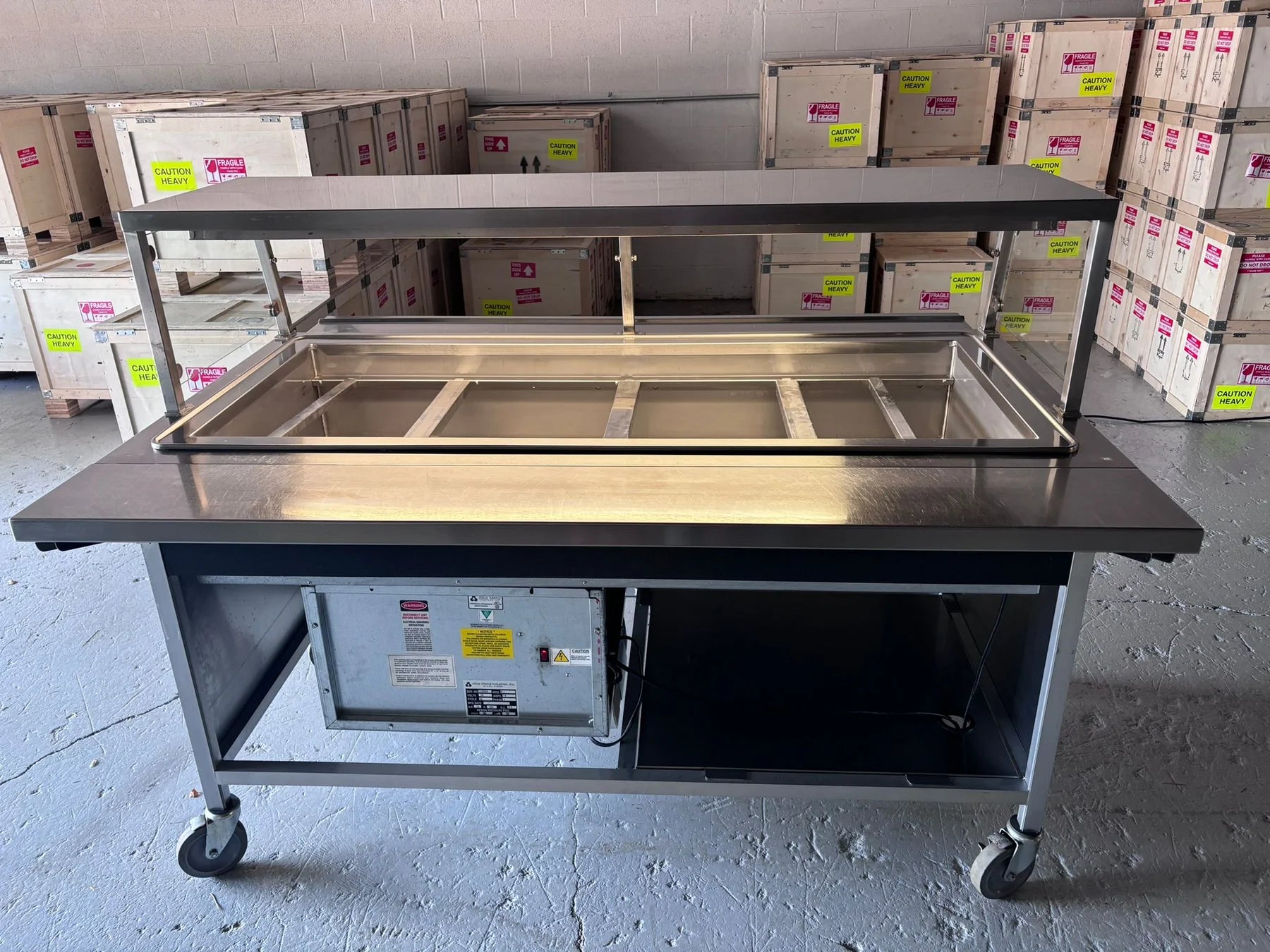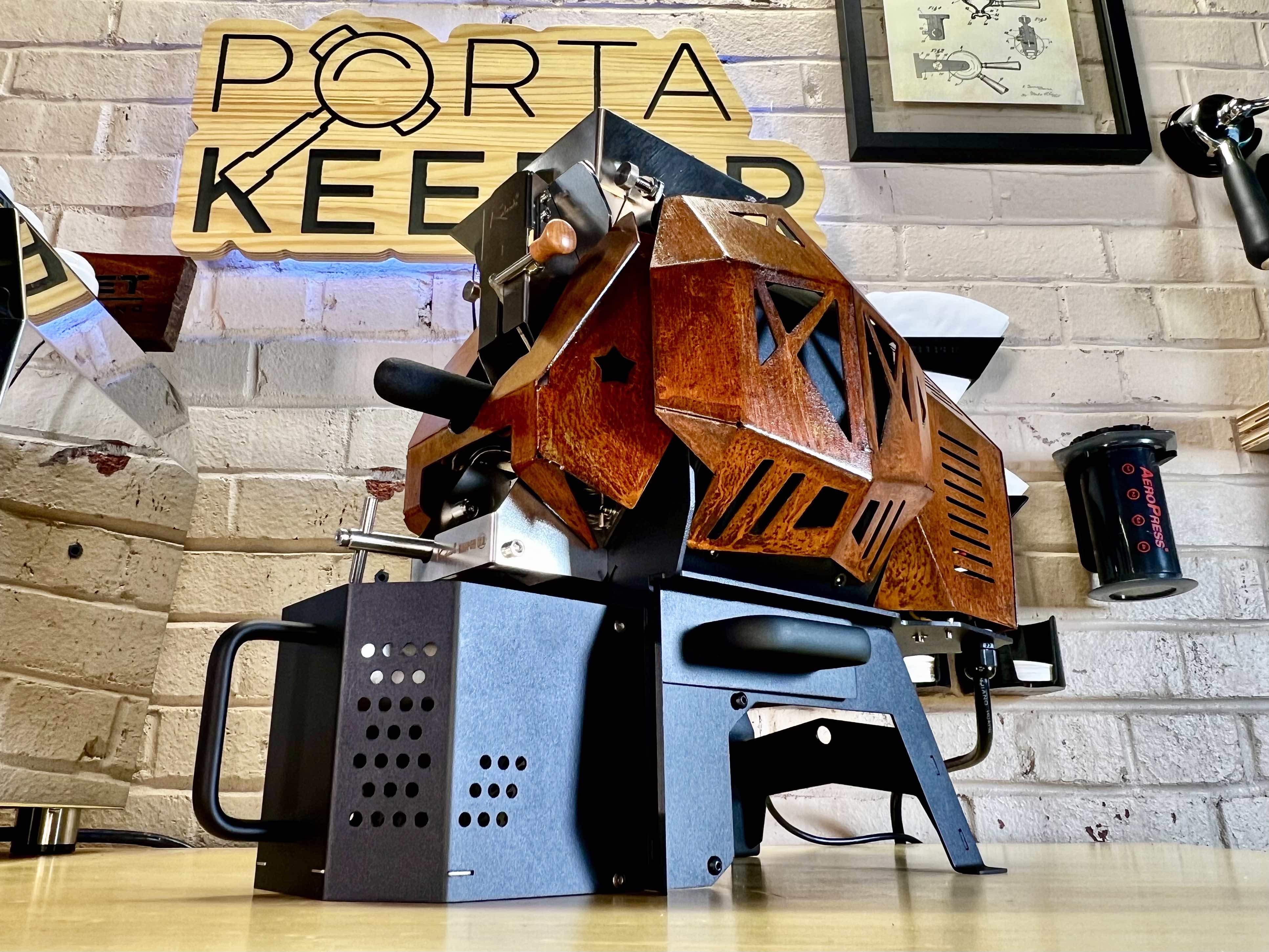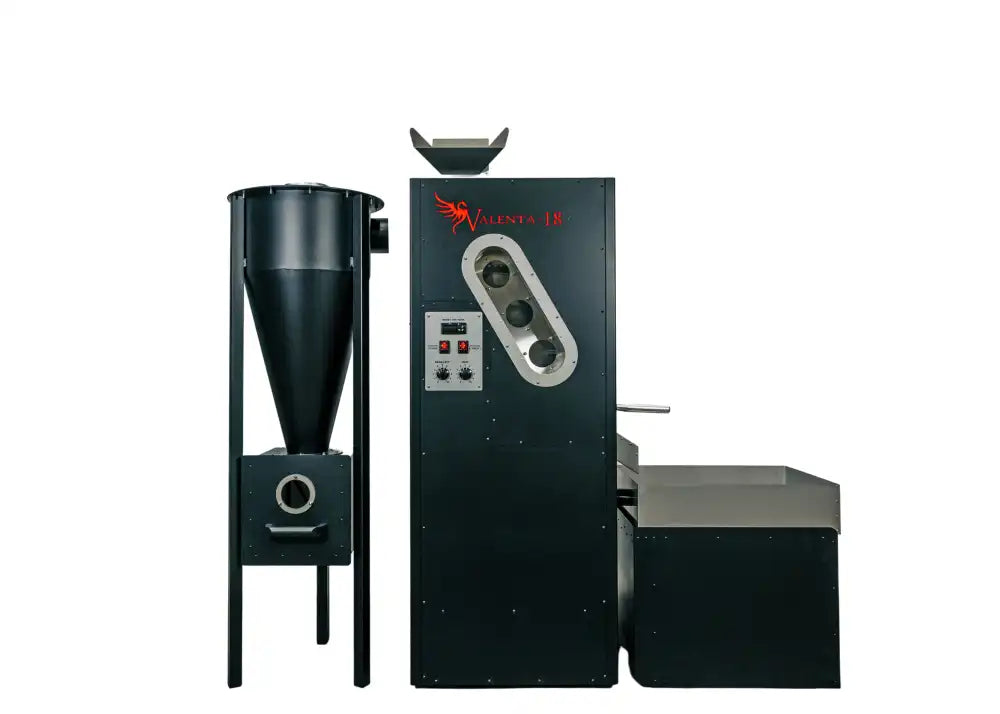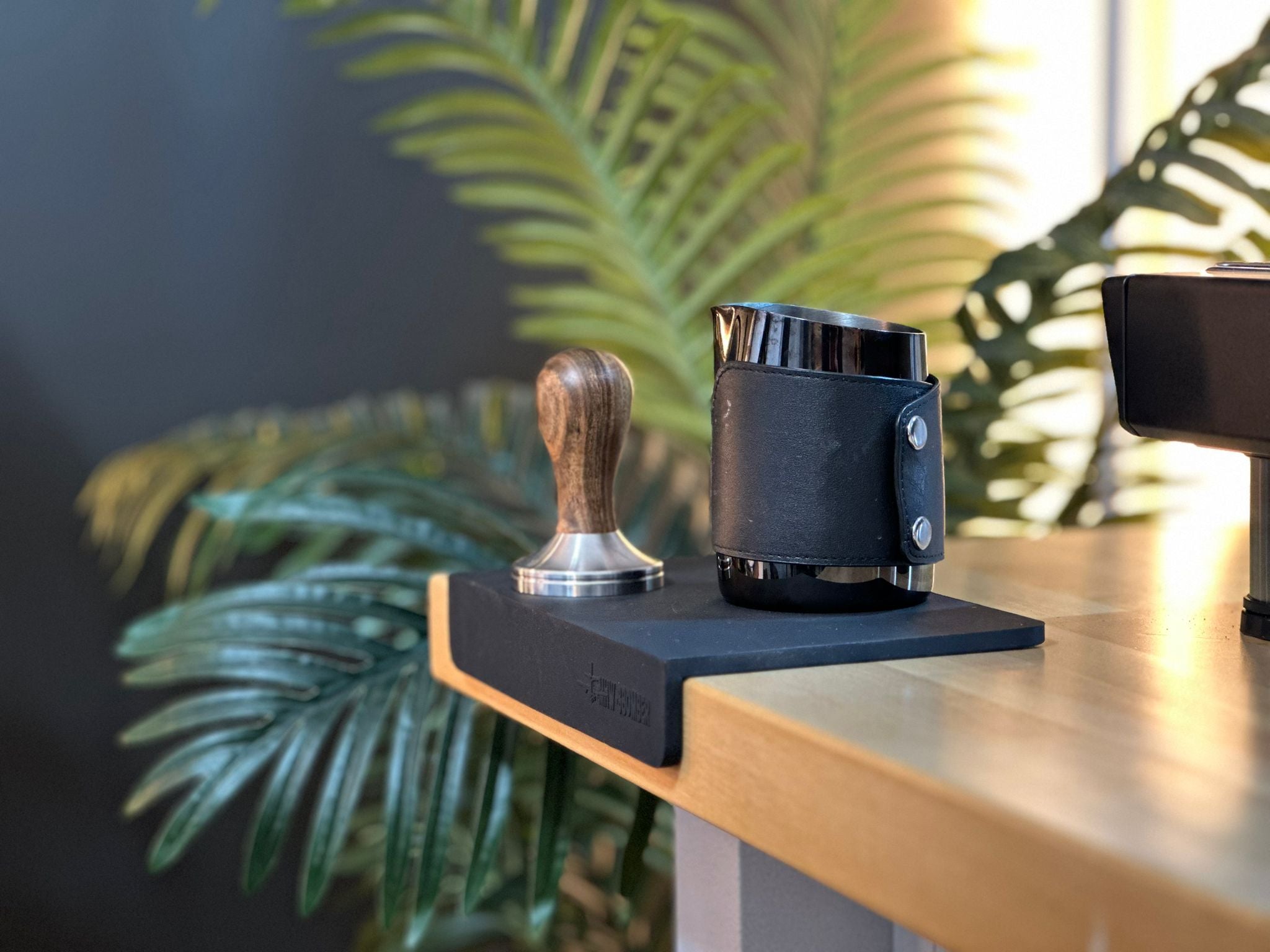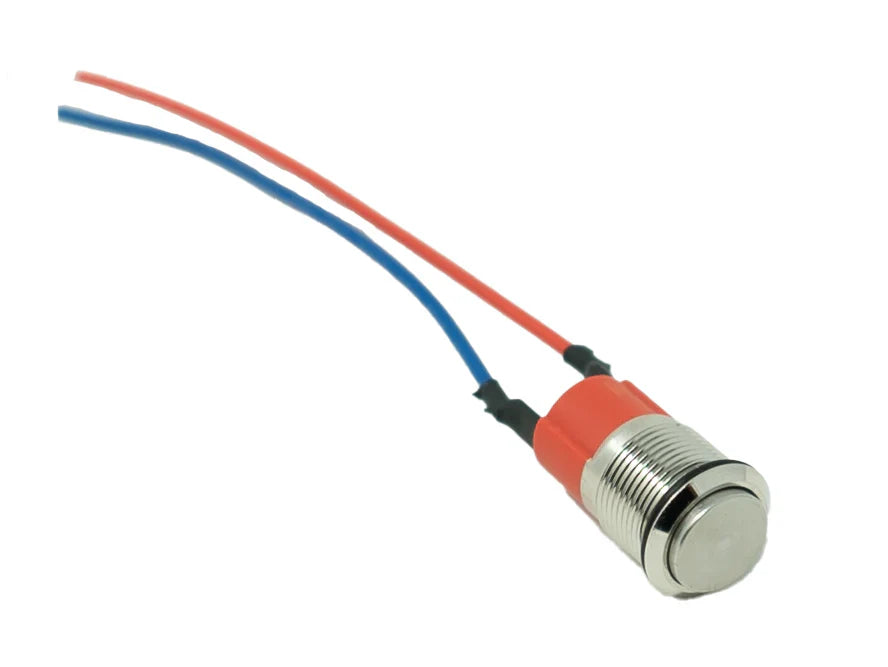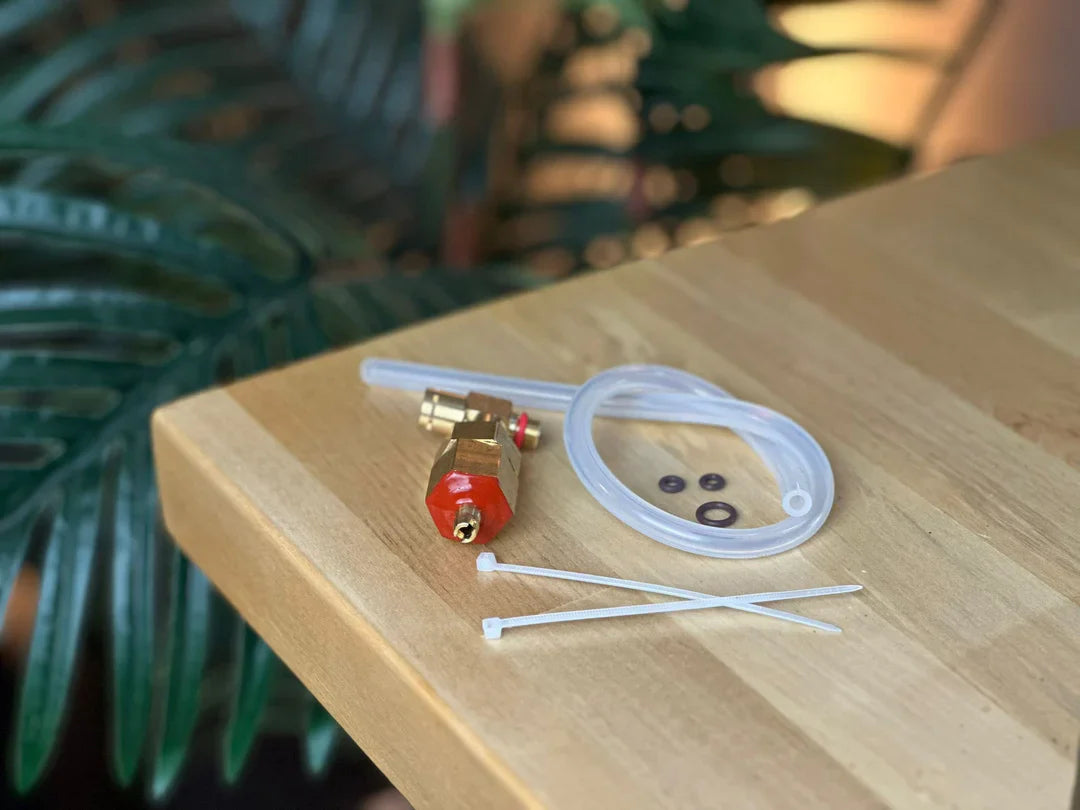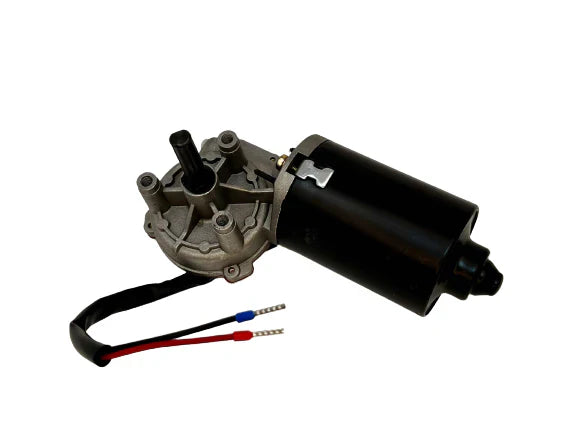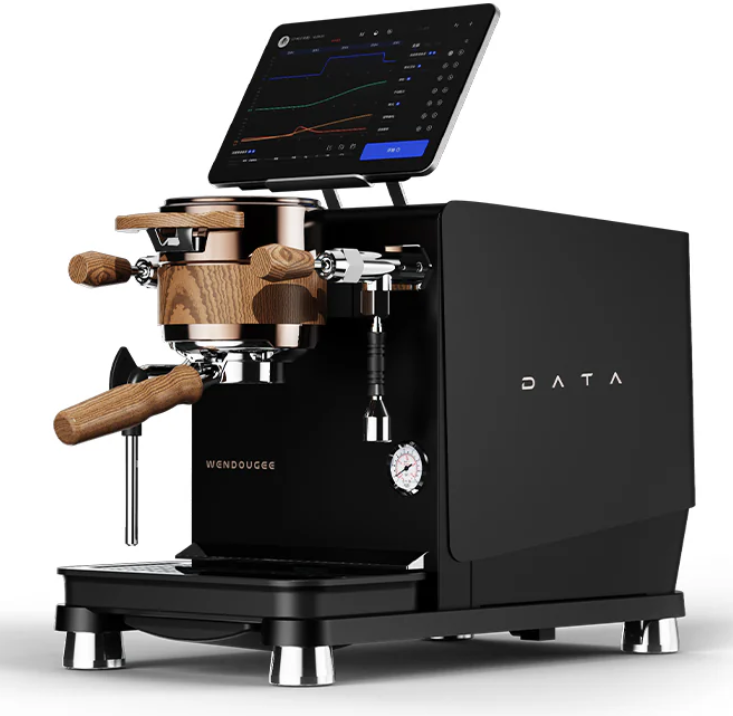Reasons for Espresso Shot Variation, Inconsistencies, and Imperfections
Grinder / Grind Size Related
- Grind Size Variability
- Description: Inconsistent grind size can lead to uneven extraction times. If the grounds are not uniform, some particles will over-extract while others will under-extract, resulting in an uneven shot.
- Solution: Use a high-quality burr grinder and regularly calibrate it to ensure a consistent grind size.
- Grinder Calibration Issues
- Description: If the grinder is not properly calibrated, it may produce grind sizes that are either too fine or too coarse, leading to inconsistent shot times. This includes things like proper burr installation, alignment, proper declumper installation, replacement of worn springs / wave springs, etc.
- Solution: Regularly calibrate your grinder according to the manufacturer's instructions and adjust settings as needed for your specific beans and brewing conditions.
- Burr Wear and Tear
- Description: Over time, the burrs in a grinder can wear down, leading to less precise grinding and more variability in particle size.
- Solution: Replace the burrs as recommended by the manufacturer to maintain consistent performance.
- Inconsistent Dosing
- Description: Variations in the amount of coffee ground and dosed into the portafilter can affect shot times. Too much or too little coffee will change the resistance and extraction rate.
- Solution: Use a scale to measure the dose accurately every time and ensure the grinder dispenses a consistent amount.
- Grinder Retention
- Description: Some grinders retain old grounds between uses, which can mix with freshly ground coffee and cause inconsistency in shot times and flavor.
- Solution: Purge the grinder before use to clear out any retained grounds, ensuring only fresh coffee is used for each shot.
- Grinder Settings Drift
- Description: Some grinders may have settings that drift over time due to vibrations or mechanical issues, causing unintentional changes in grind size.
- Solution: Check and adjust grinder settings regularly to ensure they remain consistent.
- Static and Clumping
- Description: Static electricity can cause coffee grounds to stick together, leading to clumps that result in uneven distribution and extraction. Some grinders have an anti static ion generator, which reduce static, but diodes need to be kept clean for best results.
- Solution: Use techniques to reduce static, such as lightly misting beans with water before grinding or using anti-static tools designed for coffee grinders.
- Bean Variety and Roast Level Changes
- Description: Different beans and roast levels require different grind settings. If the grinder is not adjusted accordingly, it can lead to inconsistent shot times.
- Solution: Adjust the grind size each time you switch to a different type or roast level of coffee bean.
- Temperature Fluctuations
- Description: The grinder’s performance can be affected by temperature changes, which can impact grind consistency and cause variations in shot times.
- Solution: Keep the grinder in a stable environment and allow it to warm up if it has been exposed to cold temperatures before use.
- Inadequate Grinder Cleaning
- Description: Build-up of coffee oils and particles in the grinder can affect its performance, leading to inconsistent grind sizes.
- Solution: Clean the grinder regularly following the manufacturer’s guidelines to ensure it operates smoothly and consistently.
Espresso Machine Related
- Water Temperature Variability
- Description: Inconsistent water temperature can lead to variations in extraction times and flavors. If the water is too hot or too cold, it will affect the rate of extraction.
- Solution: Ensure your machine has a stable and accurate temperature control system. Preheat the machine and allow it to reach the correct temperature before brewing.
- Water Pressure Fluctuations
- Description: Inconsistent water pressure can cause uneven extraction and affect shot times. Variations in pressure can be due to machine settings or issues with the pump.
- Solution: Regularly check and adjust the pressure settings. Ensure the pump is functioning properly and consider using a pressure gauge to monitor consistency.
- Inconsistent Pre-Infusion
- Description: Variability in pre-infusion time and pressure can affect the saturation of the coffee grounds and lead to inconsistent shot times.
- Solution: Use a machine with programmable pre-infusion settings and maintain consistent pre-infusion techniques.
- Portafilter Preparation
- Description: If the portafilter is not properly prepared (e.g., not cleaned or preheated), it can affect the extraction process and shot times.
- Solution: Always clean and preheat the portafilter before use. Ensure it is dry and free from residual coffee grounds.
- Machine Calibration Issues
- Description: Incorrect calibration of the machine’s settings, such as grind size, dosage, and temperature, can lead to inconsistent shots.
- Solution: Regularly calibrate your machine according to the manufacturer’s instructions. Adjust settings as needed based on coffee type and desired extraction.
- Group Head Cleanliness
- Description: A dirty group head can affect water flow and distribution, leading to inconsistent extraction times.
- Solution: Clean the group head regularly to remove any build-up of coffee oils and grounds. Use a brush and cleaning solution specifically designed for espresso machines.
- Basket and Screen Condition
- Description: Worn or damaged baskets and screens can cause uneven water distribution and inconsistent extraction.
- Solution: Inspect and replace baskets and screens regularly. Ensure they are free from damage and clean them thoroughly after each use.
- Machine Warm-Up Time
- Description: Insufficient warm-up time can result in the machine not reaching optimal brewing temperature, leading to inconsistent shot times.
- Solution: Allow the machine to warm up for the recommended time before brewing. Use a thermometer to verify the temperature if necessary.
- Descaling and Maintenance
- Description: Scale build-up inside the machine can affect water flow and temperature regulation, leading to inconsistent shots.
- Solution: Regularly descale your espresso machine according to the manufacturer’s recommendations. Perform routine maintenance to keep the machine in optimal working condition.
- Pump Performance
- Description: An underperforming or faulty pump can cause irregular water flow and pressure, resulting in inconsistent shot times.
- Solution: Check the pump's performance regularly. If issues are detected, consider repairing or replacing the pump.
- Gasket and Seal Condition
- Description: Worn or damaged gaskets and seals can cause leaks and affect the pressure and flow rate, leading to inconsistencies in shot times.
- Solution: Inspect and replace gaskets and seals as needed. Regular maintenance will help ensure they remain in good condition.
Technique / Puck Preparation Related
- Inconsistent Tamping Pressure
- Description: Variations in tamping pressure can lead to uneven density in the coffee puck, causing channeling and inconsistent extraction times.
- Solution: Use a consistent tamping pressure every time. Some baristas use a calibrated tamper to ensure uniform pressure.
- Uneven Distribution of Grounds
- Description: If coffee grounds are not evenly distributed in the portafilter, it can result in channeling, where water flows through less dense areas more quickly.
- Solution: Use distribution tools or techniques, such as the Weiss Distribution Technique (WDT), to ensure even distribution of grounds.
- Grind Size Consistency
- Description: Inconsistent grind size can lead to uneven extraction and variations in shot times, as some particles will extract faster than others.
- Solution: Use a high-quality burr grinder and regularly calibrate it to ensure a consistent grind size.
- Dosing Variability
- Description: Variations in the amount of coffee dosed into the portafilter can affect the resistance to water flow, leading to inconsistent shot times.
- Solution: Use a scale to measure the dose accurately each time and ensure a consistent amount of coffee is used.
- Tamp Evenness
- Description: An uneven tamp can create an inclined surface in the puck, leading to channeling and uneven extraction.
- Solution: Ensure the tamp is level by applying even pressure across the surface. Use tools like a leveling tamper if necessary.
- Clumping of Grounds
- Description: Clumps in the coffee grounds can create areas of uneven density, leading to channeling and inconsistent extraction times.
- Solution: Break up clumps using a distribution tool such as a WDT tool or using a blind shaker.
- Moisture Content in Grounds
- Description: Variations in the moisture content of the coffee grounds can affect how they compact and extract, leading to inconsistencies.
- Solution: Store coffee beans in a cool, dry place to maintain consistent moisture levels. Avoid grinding in a high-humidity environment.
- Portafilter Condition
- Description: A wet or oily portafilter can affect the integrity of the puck and lead to inconsistent extraction.
- Solution: Always start with a clean, dry portafilter before dosing and tamping.
- Puck Surface Preparation
- Description: An uneven or disturbed puck surface can lead to channeling and uneven extraction.
- Solution: After tamping, avoid disturbing the puck surface. Use a tamper with a smooth base and avoid tapping the portafilter to remove it from the machine.
- Tamping Technique
- Description: Inconsistent tamping techniques, such as twisting the tamper or applying uneven pressure, can affect puck density and extraction.
- Solution: Develop a consistent tamping technique, applying firm and even pressure without twisting the tamper.
- Puck Head Space
- Description: If the puck height is inconsistent, it can affect how the water interacts with the coffee, leading to variations in shot times. There should be a gap between the bottom of the shower screen and the top of the tamped coffee.
- Solution: Ensure a consistent dose and tamping pressure to maintain a uniform puck height.
Coffee Bean Related Factors
- Bean Freshness
- Description: Freshly roasted beans release gases that can affect extraction times. Older beans may lead to faster extraction due to loss of gases and oils.
- Solution: Use beans within 1-4 weeks of roasting for optimal freshness. Store beans properly to extend their shelf life. Freezing in vacuum sealed bags is also another good storage method.
- Roast Level
- Description: Different roast levels (light, medium, dark) affect the bean’s solubility and extraction rate. Darker roasts typically extract faster than lighter roasts.
- Solution: Adjust grind size and extraction parameters based on the roast level of the beans used.
- Bean Density
- Description: Denser beans (often lighter roasts) can take longer to grind and extract differently compared to less dense beans (typically darker roasts).
- Solution: Adjust grind size and dosage to account for differences in bean density.
- Bean Variety
- Description: Different coffee bean varieties (e.g., Arabica vs. Robusta) have different solubility and extraction characteristics.
- Solution: Experiment with grind size and extraction time for different bean varieties to find the optimal settings.
- Bean Size
- Description: Variations in bean size can lead to uneven grinding, affecting extraction consistency.
- Solution: Use beans of uniform size or adjust the grinder settings to accommodate variations.
- Moisture Content
- Description: Beans with high moisture content can lead to slower extraction times, while dry beans can extract faster.
- Solution: Store beans in a cool, dry place to maintain consistent moisture levels. Adjust grind size based on the moisture content of the beans.
- Processing Method
- Description: The processing method (washed, natural, honey) affects the bean’s characteristics and extraction rate.
- Solution: Adjust grind size and extraction parameters based on the processing method of the beans used.
- Bean Age
- Description: Over time, beans lose their oils and gases, leading to faster extraction and potentially stale flavors.
- Solution: Use beans within their optimal freshness window and store them properly to preserve their qualities.
- Bean Origin
- Description: Beans from different regions have unique flavor profiles and extraction characteristics due to soil, climate, and altitude.
- Solution: Experiment with extraction parameters to suit the specific characteristics of beans from different origins.
- Blend Consistency
- Description: Blends of different beans may have varying extraction rates, leading to inconsistencies if not properly balanced.
- Solution: Ensure that blends are well-mixed and adjust grind size and extraction parameters to suit the blend.
- Storage Conditions
- Description: Exposure to air, light, heat, and humidity can degrade beans, leading to inconsistent extraction times.
- Solution: Store beans in an airtight container in a cool, dark place. Avoid storing beans in the refrigerator or freezer.


